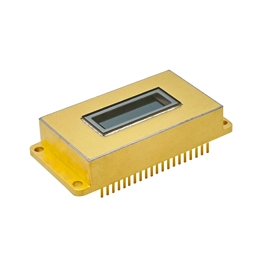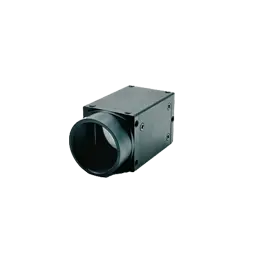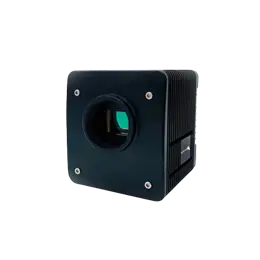Photovoltaic systems have revolutionized the way we produce and consume energy. As the world continues to shift towards sustainable solutions, the efficiency of these systems becomes crucial. One technology that has proven to play a significant role in enhancing the performance of photovoltaic systems is the SWIR sensor.
Short-Wave Infrared (SWIR) sensors are a type of optical sensor that detects and measures light in the near-infrared spectrum, specifically ranging from approximately 900nm to 1700nm. These sensors capture wavelengths that are invisible to the human eye. SWIR sensors can assess reflected light from objects and surfaces, providing valuable data for various applications, including solar energy.
SWIR sensors work by detecting the radiation emitted by objects in the near-infrared spectrum. The sensors can measure the intensity of light and convert it into an electrical signal. While traditional photovoltaic systems mainly utilize visible light, SWIR sensors can capture additional wavelengths that are crucial for optimizing energy efficiency.
The use of SWIR sensors in photovoltaic systems enables continuous monitoring of temperature and cell health. These sensors can detect anomalies caused by hotspots, faulty connections, or malfunctioning cells through their ability to sense heat radiation in the SWIR range. By identifying these issues promptly, maintenance teams can take corrective actions, preventing further degradation and maximizing system performance.
SWIR sensors play a vital role in optimizing energy harvesting in photovoltaic systems. By capturing and analyzing the light reflected from solar panels, these sensors can assess the efficiency of energy conversion. This information helps identify areas of improvement, such as dust accumulation, shading, or misalignment, allowing operators to take immediate corrective measures to enhance energy production.
Integrating SWIR sensors into photovoltaic systems strengthens the monitoring and control capabilities of the entire setup. These sensors can provide real-time data on various parameters, including cell temperature, output power, and overall system efficiency. By having access to this information, operators can remotely monitor the system's performance and make informed decisions to optimize efficiency and maintain peak energy production.
The utilization of SWIR sensors in photovoltaic systems has revolutionized the way we harness and utilize solar energy. These sensors allow for continuous monitoring, proactive maintenance, and enhanced performance optimization. With the ability to capture a broader spectrum of light, including wavelengths invisible to the human eye, SWIR sensors provide valuable insights that lead to increased energy efficiency and overall system reliability.
As the world continues to embrace renewable energy sources, advancements in technologies like SWIR sensors will play a vital role in improving the efficiency and viability of photovoltaic systems. By harnessing the power of SWIR sensors, we can unlock the true potential of solar energy and pave the way for a brighter, more sustainable future.



